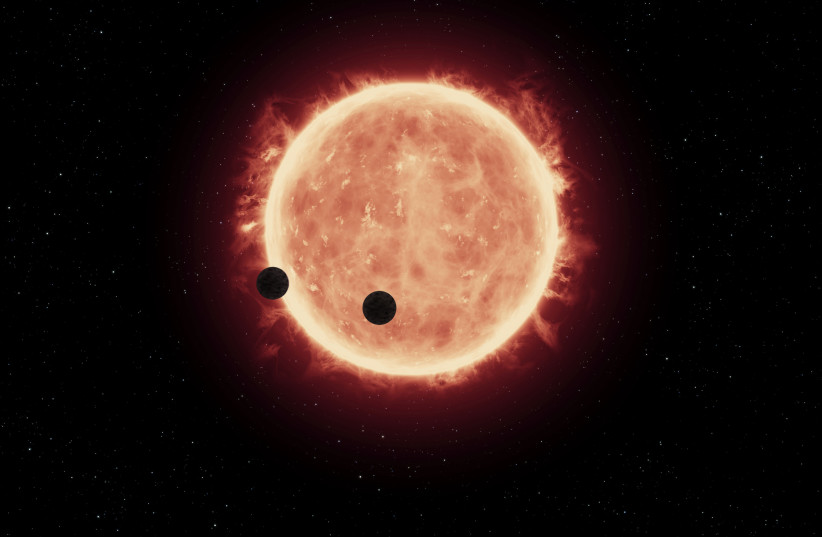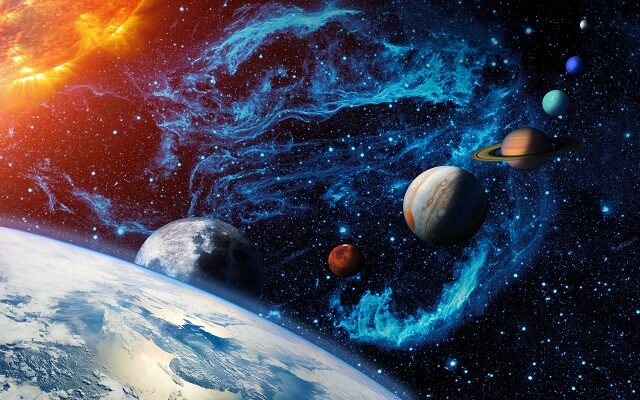Scientists recommend finding a clear view of the western horizon and using binoculars to view the planets.

On March 27, 2023, Mercury, Jupiter, Mars, Venus and Uranus will align and display themselves in a row across the night sky.
Annually, March is a time that all 110 deep-sky objects, cataloged by French astronomer Charles Messier, become visible, according to science media outlet Space.com. Deep-sky objects are classified as any astronomical body that is not part of a solar system.
In honor of the French astronomer, amateur astronomers worldwide will be participating in the Messier Marathon this week. During this time, they try to spot as many of the 110 objects as possible.

How to get the best experience
It is recommended that those wishing to partake in the occasion find an observational site with a clear view of the western horizon, according to Space.com.
The site also recommends the use of binoculars that are 7x magnification and either 33mm diameter or 50mm diameter (7 x 35 or 7 x 50).
bibi binoculars 311 (credit: AP)
The viewing time is short, so advance preparation is crucial. The planets will be viewable approximately 20-25 minutes after the sun has set.
Identifying the planets
The first two planets to appear will both shine brightly. Although Mercury will shine only slightly less brightly than the brightest star Sirius, according to Space.com.
Mercury will slowly be moving away from the sun, which should make it more visible.
To the left of Mercury, Jupiter will be shining twice as brightly. However, Jupiter will move toward the sun, which may obstruct the view.
Venus will be slowly rising for spectators in the western hemisphere, making it easy to identify. In a few months from now, Venus will be viewable only an hour after sunset, according to Space.com.

Mercury and Jupiter will swap positions on Monday, according to science news outlet LiveScience.com.
To identify Mars, look for a fat crescent shape to the left of the moon. The yellow-orange color is a further helpful identifier.
Venus and Mars may both be viewable without binoculars or any lenses, according to LiveScience.com.
To the left of Mars, the M35 star cluster of the Gemini Twins constellation will be viewable. The cluster will appear as big as the moon, according to Space.com.
Uranus will be visible, although much trickier than the others to see, to the upper left of Venus. There should be a slight green tint to the planet, according to Space.com.
Soucre: www.jpost.com









